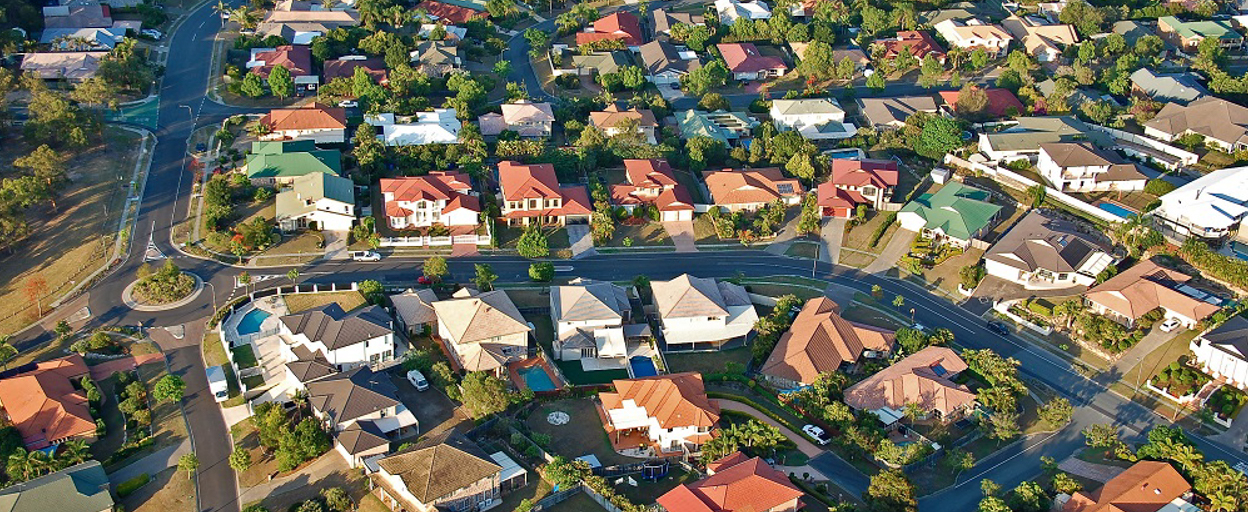- 18 Jan 2024
- 4 min read
- By Claire Ryan
Queensland vacancy rates barely budge over 2023
Rounding out a year that was characterised by a highly competitive rental market, the REIQ’s latest Residential Vacancy Rate Report released today shows incredibly tight conditions continued in Queensland over the December 2023 quarter.
Queensland’s statewide vacancy rate dipped slightly over the quarter to 0.9 per cent, reflecting a fairly consistent state of affairs over the course of 2023.
Of the 50 local government areas (LGAs) and sub regions covered in the report, 22 tightened, 13 remained unchanged, and 15 relaxed (but not materially).
The vast majority of markets remained well within what the REIQ classifies as ‘tight’ (vacancy rates up to 2.5%), and well over half were as low as 1% or below.
It comes as property managers witness sustained demand for private rentals, and while the social housing waitlist climbed to 43,000 Queenslanders in the September 2023 quarter.
REIQ CEO Antonia Mercorella said rental properties were still too thin on the ground to provide comfortable choice for Queensland’s sizeable rental population.
“What we’ve seen over the course of the year, is a rental property pool that’s insufficient and under incredible strain,” Ms Mercorella said.
“It’s not necessarily that rentals are impossible to find everywhere in our state, it’s the imbalance between the sheer demand and shortage of supply of rentals at certain price points and locations that’s out of kilter.
“Many are finding it’s a lot less hassle to renew their existing lease than to risk re-entering the fast-moving market, especially if they are attached to their area.”
Ms Mercorella said the REIQ recognised these were particularly tough conditions for the most vulnerable in our community.
“It’s very concerning that families in need are being forced to join the queues in the private rental market because there’s no social housing available to them and no hope on the near horizon of getting to the top of the waitlist,” she said.
“A fair proportion of the distress we are seeing can be attributed to inadequate social housing stock.
“In the year to September 2023, only 269 social houses were completed in Queensland, and we know the social housing waitlist continues to grow.
“While we welcome initiatives such as the purchase of a hotel in South Brisbane to provide housing to those in need, the built-up demand is clearly far greater than the rate of social housing delivery.”
She said for those wondering what lies ahead for the private rental market in 2024, unfortunately, it was difficult to imagine a dramatic turnaround in rental availability.
“There are many predicting that the worst is yet to come, and while we remain hopeful, it’s hard to see meaningful reprieve any time soon, as cost of living pressures continue to climb for both renters and lessors,” Ms Mercorella said.
The unwanted title of tightest rental market in Queensland was shared by the top and tail of the state - Cook Shire in the north and Goondiwindi in the south – both with a virtually non-existent vacancy rate of zero percent.
Not far behind was Banana (0.2%), and Southern Downs, Maranoa, Tablelands, and Charters Towers – all at 0.3 percent. South Burnett and Mareeba both had 0.5 percent vacancies and the Central Highlands and Maryborough hit 0.6 percent.
A stark outlier to the rest of regional Queensland, a ‘healthy’ rate of 2.7 percent was seen in Mount Isa, making it one of the most balanced markets in the state.
The Cassowary Coast (1.6%), Isaac (relaxing to 1.4%) and Whitsunday (also eased to 1.4%) all improved over the quarter but still in tight territory. All other areas that relaxed over the quarter only did so ever-so-slightly by 01.-0.2 per cent.
In the regional centres, Gladstone experienced the biggest quarter-to-quarter drop down to 1.1 percent, but still maintained the highest rate of vacancy compared to Townsville (1%), Rockhampton (steady at 0.9%) and Livingstone (held 1%), Bundaberg (down to 0.9%), Toowoomba (0.7%), and Mackay (0.6%). Cairns remained unchanged at 0.9 percent, while Fraser Coast (0.7%), and Hervey Bay (0.8%) dipped slightly.
With summer approaching, a few coastal market’s vacancy rate retracted by -0.5 percent including Sunshine Coast (0.8%), Hinterland (0.9), Caloundra Coast (0.7%), and Maroochy Coast (0.9%). The Gold Coast (0.9%) also tightened by -0.3 percent.
Despite Noosa having more vacancies than other surrounding coastal markets at 1.4 percent, this rate actually represents the area’s tightest vacancy rate reached in 2023.
Much of the Greater Brisbane area hovered around the 1% vacancy mark including Brisbane LGA (1.1%), Ipswich (1%), Logan (1.2%), Caboolture (1.1%), Pine Rivers (1%), and Redland (1%). Moreton Bay (0.8%) and Redland’s Mainland (0.7%) were tighter still, while Redcliffe had the lowest rate in the region at 0.5 percent.
Yet again, the only ‘weak’ market in Queensland was seen in Redland’s Bay Islands (including North Stradbroke, Russell, Macleay, Karragarra, Lamb, Coochiemudlo) at 5.7%.
Fast facts: December Quarter 2023
- Queensland Vacancy Rate: 0.9%
- Tightest Vacancy Rates: 0% in Cook and Goondiwindi, and 0.2% in Banana
- Highest Vacancy Rates: 5.7% in Redland’s Bay Islands, followed by 2.7% in Mount Isa
- Biggest falls: -0.6% in Noosa, followed by -0.5% on several coastal markets and Gladstone.
- Biggest rises: +0.6 in Isaac, followed by +0.3% in Whitsunday
The REIQ classes rental markets into three categories, tight, healthy, or weak. These markets are classified according to vacancy rates:
- 0 - 2.5% = tight
- 2.6 - 3.5% = healthy
- 3.6% - plus = weak
ENDS
Media enquiries: Claire Ryan, REIQ Media Manager, M: 0417 623 723 E: media@reiq.com.au
REIQ members can access the full vacancy rate spreadsheet in the members portal.
Read another media release from the REIQ: Queensland homes deserve better natural disaster protection says REIQ.
Or browse our suite of media releases here.
You may also like
View All Articles
View All Articles


Start your Real Estate Career
Need help? 1300 697 347 or contact us




